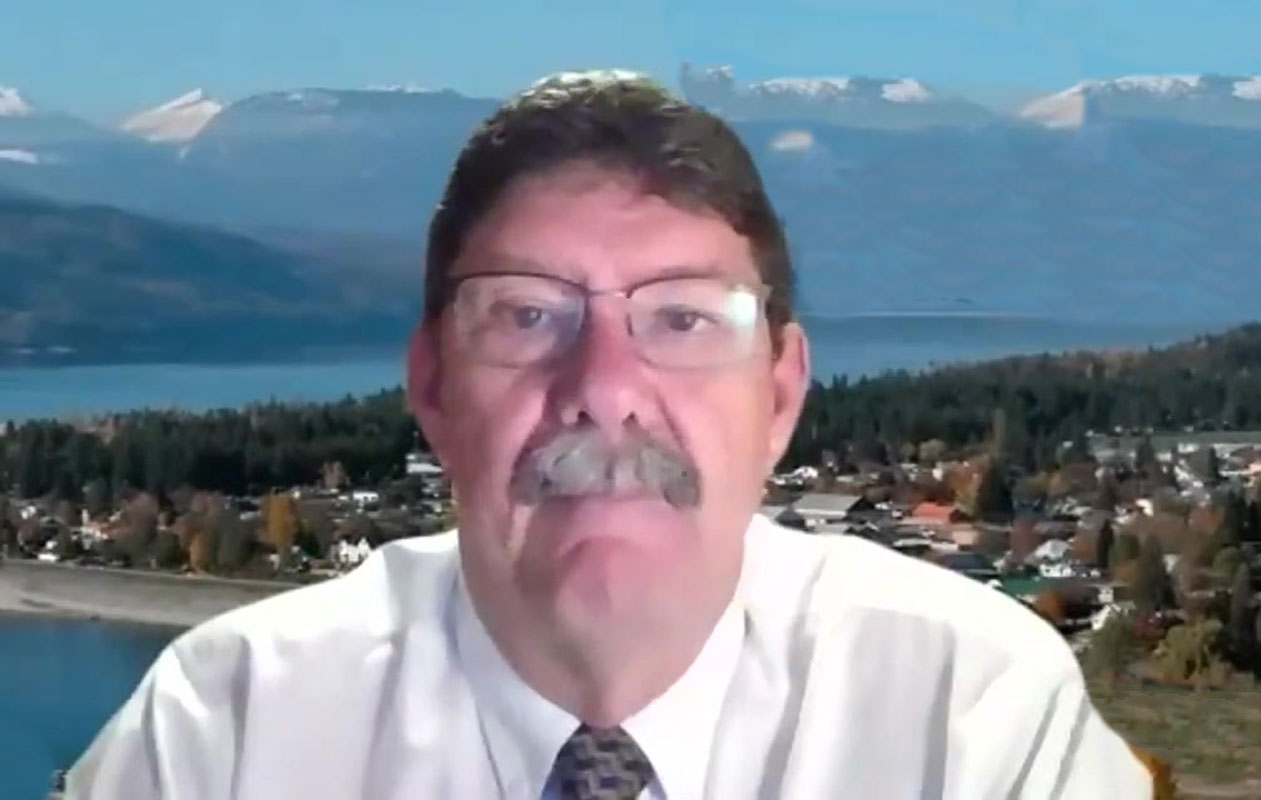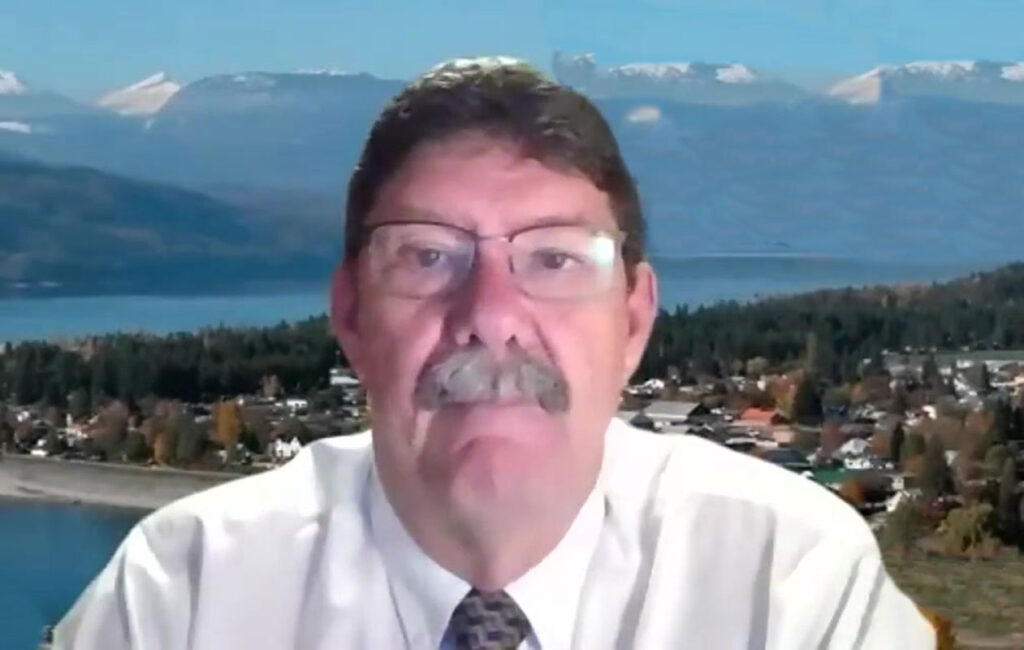In the fourth week of October, barriers came tumbling down between India and Pakistan when members of six Rotary clubs, three from India — RCs Kashipur Corbett, Kashipur and Aligarh — and three from Pakistan — RCs Lahore Garrison, Karachi Garden and Bhubhar Chakwal — organised a zoom fellowship meet to foster peace between the two neighbours.

“There were over 170 participants in this meeting of both minds and hearts,” said Anil Ghai, from RC Kashipur Corbett, one of the coordinators of this meet. This meeting was one of the first of several such meetings to be organised by the Indus Peace Park Society (IPPS) which was conceived in 2015 and has 18 directors from countries such as the US, Canada, UK, Africa, India and Pakistan. “We comprise Rotarians with a passion for peace, and through Rotary clubs, are looking for more such Rotarians to join us,” he adds.
The forum is headed by PDG Kees van der Pol, RC Nakusp, RID 5080, Canada, and the whole idea was conceived by him when he led a friendship exchange programme to Pakistan in Feb 2015. Addressing the meet, he said he was a school headmaster and had discovered “extraordinary opportunities in Rotary to develop friendships across the world to do good.”
He said that Rotary fellowship “over those six years has expanded my family to include brothers and sisters in both Pakistan and India. We’ve been told that creating an oasis of peace on the border between the two countries will never happen and we will never get the two governments of India and Pakistan to agree to give land for this park. But we’ve also been told that what we’re trying to achieve is a breath of fresh air in a region poisoned by mistrust and antagonism. We’ve been told that it is time someone or some group takes on this challenge and people also said they wish this had been dreamt of decades ago.”
PDG Pol added that he was also the director in another international peace park — the Waterton-Glacier International Peace Park on the US and Canada border, which was established in 1932 by dedicated Rotarians, who lobbied hard with the governments of the two countries to turn this dream into a reality. “This was almost 90 years ago, and every year since then Rotarians celebrate this through a fellowship assembly. There are three other cross-border parks along the 8,900km border.
Addressing the webinar, RID 3110 DG Mukesh Singhal hoped that this meeting would make some progress in reducing “the bitterness between our two countries”. Vested interests, particularly the arms lobby and arms dealers across the world, do not want peace anywhere in the world, as their motive is business and profit. But Rotarians, if they will it, can work towards convincing the governments of both the countries that development and rozi-roti issues should take priority. “Let us bring smiles on the faces of people,” he added. Let Rotarians ensure that not politics, but only service matters.

“The discussion concentrated on the common cultural DNA heritage that the people of both the countries share, and which resonates from the great Indus civilisation that epitomised a peaceful society with no hierarchy and with people who displayed skillful mastery over water management. They specialised in the playful production of small intricate ornate toys utilising precious stones and metal craft work,” said Ghai.
At the meeting, one of the participating Rotarians expressed the optimism that Rotary can forge a path for peace and bring the people together in a similar manner that had facilitated the formation of the United Nations. One of the core strengths that Rotary had displayed to the world was its “spirit and perseverance shown in the battle to eradicate polio,” he said.
Another participant pointed out: “As our compass is ‘Service above self’ and our main tool is the Four-Way Test, without fear or favour we will try to end over 70 years of stagnation in Indo-Pak relations and heal the wounds of Partition by building an ‘oasis of peace’ on the border, called the Indus Peace Park.”
PDG Shehzad Ahmed from RC Lahore Garrison, RID 3272, gave a presentation describing the background and vision of this peace park project, which these passionate Rotarians describe as the “eighth wonder of the world.”
“Our dream is to have two iconic eco parks facing each other, one in India and the other in Pakistan. The objective is to restore the harmony that was lost during the Partition. Our story started when PDG Pol, who was then DGN and now president of the Peace Society, visited Pakistan in 2015. He wanted to witness the change of guards ceremony at the Wagah /Attari border but due to the prevalent situation then and security concerns, he couldn’t do so.”
But he stayed on in Pakistan, and visited several polio immunisation camps. He first mooted the idea that just like the Waterton-Glacier International Peace Park on the US and Canada border, which symbolised the long existing peace between those two countries, “we could have a similar peace park between India and Pakistan. Ideally it should extend over 500 acres so that we could have a memorial, peace centre, eco-friendly facilities, etc.”
Ahmed added that the ideal place would have been the Amritsar-Lahore border but as it’s a densely populated and commercial area, it would be very difficult to get so much land there. The other possibility is the Kartarpur corridor which is not so heavily populated. “We dream of a peace park where people, not only from our two countries but all over the world, should be able to freely move around, children can play and free interaction between people is possible.”
DGE from RID 3110 Pawan Agarwal and Mohammed Ayyaz, vice-president of the forum, from RC London, PDG Akhtar Alavi and PDG Faiza Qamar, both from Pakistan, addressed the webinar.
Participating in a panel discussion, PDG Alavi said that during his Rotary journey of over 40 years he had travelled several times to India, where he had “loads of friends”, and also the privilege of knowing both past RI Presidents from India Rajendra Saboo and Kalyan Banerjee. “This is an excellent project and as Nelson Mandela said, nothing is impossible, and where there is a will, there is a way, and if we have enough conviction in ourselves, we can do it.”
Ghai, a director of IPPS, adds that the Rotarians are hoping that the governments of both the countries will donate land so that such a peace park can become a reality soon.
He has a personal reason for promotion of Indo-Pak peace; his father came to India from Chakwal, about 72km from Islamabad, also the home town of former Indian Prime Minister Manmohan Singh, during the Partition. “My wife’s family also comes from Multan and we visited Pakistan in 1996 and strongly believe there should be peace between the two countries,” he smiles.
Features of a Peace Park
- An oasis of serenity where people can celebrate humanity
- A place where people are free to share culture, food, music dance, art, architecture, tradition and sports, with others
- Where educational opportunities are available in a garden setting
- Scholars and peace fellows from the two countries, with their classmates from across the world, can work and learn together to encourage the entire world to live in peace and harmony.






